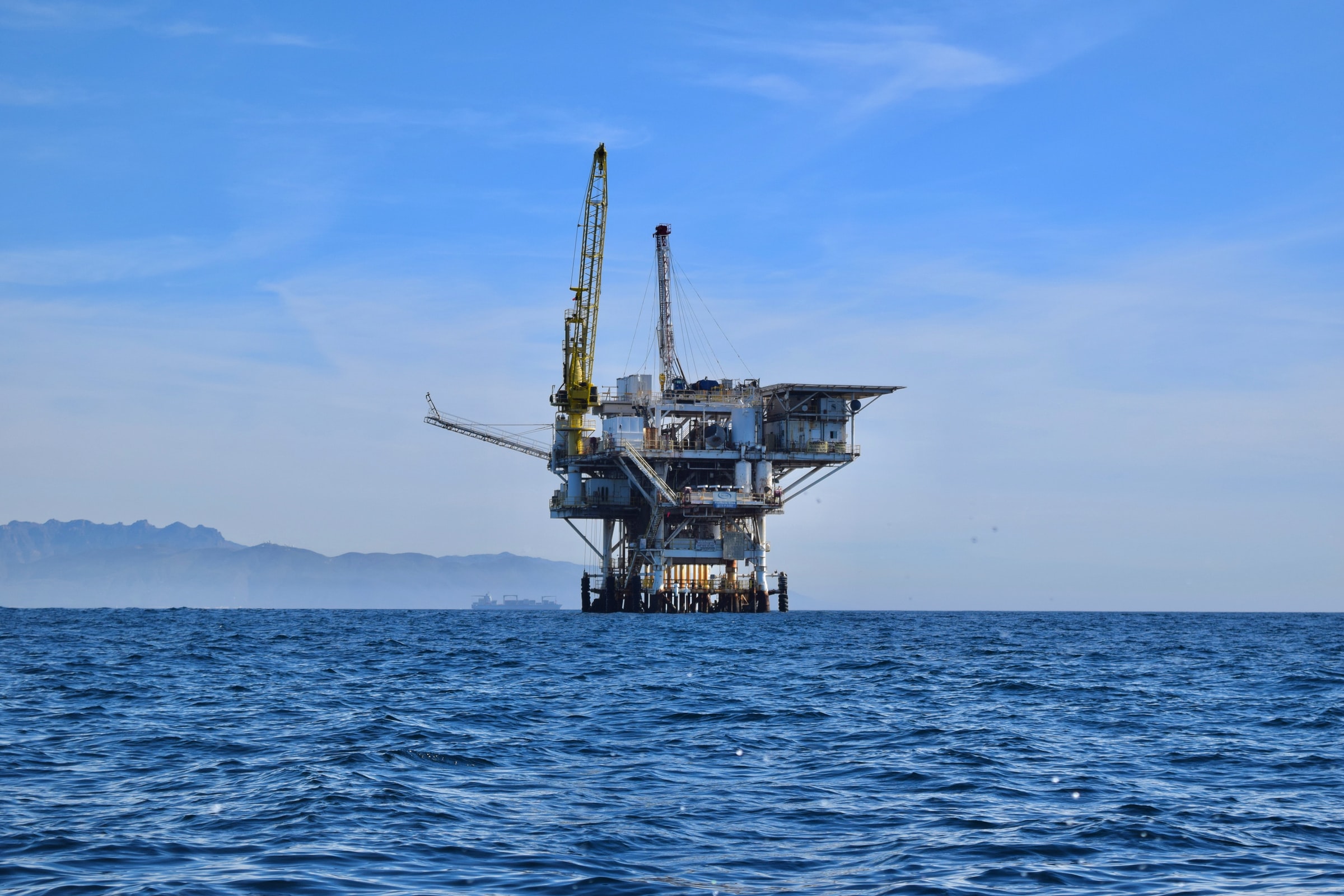Transitioning from fossil to sustainable energy is required to comply with the Norwegian Government’s strategy and the Paris agreement while contributing to UN sustainable development goals.
Blog post
The blogpost is written by

There is an urgent need for integrating new knowledge and technology to ensure the transition to NZE sustainable energy production over the next years and decades. In this regard, the petroleum industry is the largest and most profitable Norwegian industry with high technological competence that contribute to energy security and creates new jobs. Greenhouse gas (GHG) emissions from the petroleum industry, mostly CO2, represent 25% of the total national emissions. Norway plans to continue production of its hydrocarbons resources to meet market demand and has ambitions to reduce its emissions by at least 40% by 2030 and achieve NZE by 2050 (KonKraft). Small-size discoveries, declining production from mature fields, increasing water production, CO2-emissions taxation, volatile oil prices, policy changes and public perception are some of the critical challenges facing the industry. This requires policy makers to set strategies based on qualified data, science, and research. Advanced technologies, highly skilled work forces and reutilization of existing infrastructure are the foundation to generate new business opportunities to keep the NCS’ competitive position and license to operate.
The Norwegian petroleum industry and academia have developed advanced technologies and competence for hydrocarbon exploration and production, leading to some of the highest recovery rates (~46% for oil, and ~70% for gas) in the world and lowest GHG emissions per barrel (8g/barrel). Norway also has extensive experience in decarbonisation of oil and gas production (e.g. Sleipner and Snøhvit CCS projects, Ringrose, 2020). Nevertheless, about 50% of the hydrocarbon resources will be left behind with a large amount in poor quality reservoirs - The Challenging Barrel (NPD, 2020). However, the development of other offshore energy resources is still in its infancy. NZE hydrocarbon production, blue H2, subsurface utilization for production of other energy resources (e.g. geothermal) as well as for storage of both energy (e.g. H2) and waste (e.g. CO2) introduce new challenges. Therefore, the competence should be expanded to manage resources and reservoir usage for future energy production and storage (Heinemann et al., 2018). Matured or depleted fields together with saline aquifers may be considered as potential storage sites for large quantities of CO2 (Ringrose, 2020; Halland et al., 2014), benefiting from the existing infrastructures (Eide et al., 2019).
The future sustainable subsurface solutions will require human and financial capital. The petroleum industry and Norway will have to compete for these resources against other sectors and countries. The broad business climate of the industry and country, the policies for reaching NZE goals, and the acceptance of the sector in wider society are key to mobilize the necessary resources. Vital aspects for research are thus risk analysis, the tax system, access to long-term financial capital, factor mobility across sectors and societal acceptance. Research shows that petroleum investments are sensitive to the business climate, which again is formed by political risk, institutions, and taxes, among other factors (Bohn and Deacon, 2000; Cust and Harding, 2020; Arezki et al., 2019). Research by Ahlvik and Harding (in progress) suggests that financial constraints for oil companies on the NCS already exist. These are only likely to be more severe going forward given the current sentiment towards the petroleum sector in financial markets. More research is required to understand how climate-aware investors and stricter environmental policies will affect investments in physical and human capital in the petroleum sector. Regarding mitigation policies, there has recently been an emerging interest for supply side-oriented measures, but the literature is still dominated by theoretical studies (e.g., Harstad, 2012) and model simulations (e.g., Fæhn et al., 2017). There is a need for bringing in analysis of real-world data to understand the effects of such policies in practice. The sustainable subsurface value chain requires collaborative and cross-disciplinary research and technology development, which gives opportunities for new solutions by involving students, researchers, technology developers and end users.
Nationally, in the coming decade, the National Centre for Sustainable Subsurface Utilisation of the Norwegian Continental Shelf (NCS2030) will play an important role as the national subsurface competence centre in the transformation of the NCS to a Sustainable Subsurface Value Chain and in achieving the national emission reduction goals.
